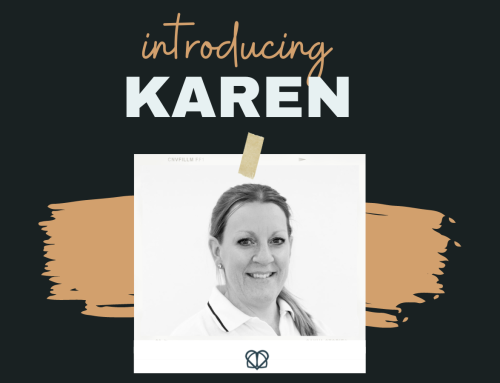In. Out. And just like that you’re breathing. But what happens if things aren’t quite working out according to plan? It could mean that your breathing has become dysfunctional and your breathing pattern has changed. You may be suffering from one of two different conditions: breathing pattern disorder or hyperventilation syndrome.
First and foremost don’t panic! Both conditions are treatable and with a little help from a respiratory physiotherapist you could be back to normal again very soon. But let’s delve a little deeper into each condition to shed some light on what you may be dealing with.
Breathing pattern disorder
At Air Physiotherapy we treat a number of patients in London and abroad with specialist physiotherapy for breathing pattern disorders. Patients have been experiencing breathing problems where they no longer breathe at the optimal level for their body. This optimal breathing is around 12-16 breaths per minute in a resting state, with the air entering and leaving the nose in a gentle and controlled manner. In some cases the disorder does not indicate that there is a physical problem with the lungs themselves – your body can be completely healthy and yet you still find yourself with the condition. There are a number of triggers – from psychological such as depression or anxiety, to stimulants/medicines such as aspirin, caffeine or hormonal drugs such as progesterone. It may also be as a result of medical conditions such as pneumonia, asthma or COPD.
If you need more information on triggers or symptoms of BPD then read our blog “Breathing pattern disorder. The facts explained.” that covers all the details you need.
Hyperventilation syndrome
We’ve also talked about hyperventilation syndrome in a previous blog “Hyperventilation syndrome. All you need to know.”
Hyperventilation is over-breathing, which simply means you’re breathing more than is necessary to meet your body’s needs. It’s the body’s way of reacting to stress, which is perfectly normal. You’ll no doubt have experienced symptoms of over-breathing at some point in your life – your heartbeat races, you get ‘butterflies’ in your stomach, a dry mouth or trembling or you may even feeling sick.
Over-breathing means you’re breathing too fast, shallowly and from the upper chest. It results in less carbon dioxide being available throughout the body because too much of it is being exhaled from the lungs. If your over-breathing becomes more permanent, then the brain will begin to recognise this lower level of carbon dioxide and accepts it as being normal. Consequently, the body remains constantly on alert, leading to changes in your blood chemistry, such as pH and hormones.
Again don’t panic! Your respiratory physiotherapist can teach you the techniques you need to get back on track. It will take some practice and a little time to change a habit but doing so is entirely achievable.
Remember that half the problem is being aware that you have a breathing pattern disorder and what your personal triggers are. The other half is how you deal with it – by getting the help you need from a respiratory physiotherapist with exercises and techniques.





